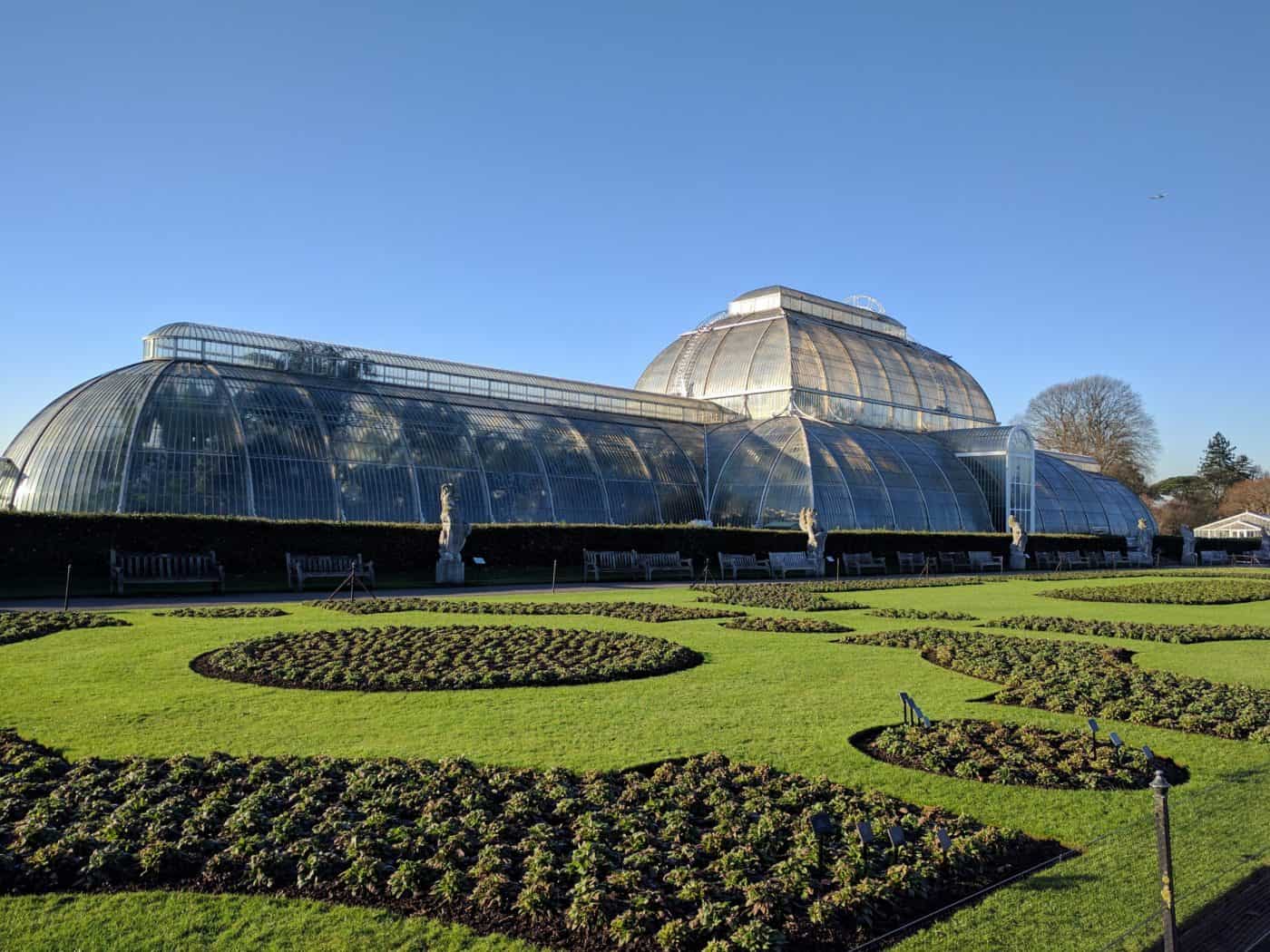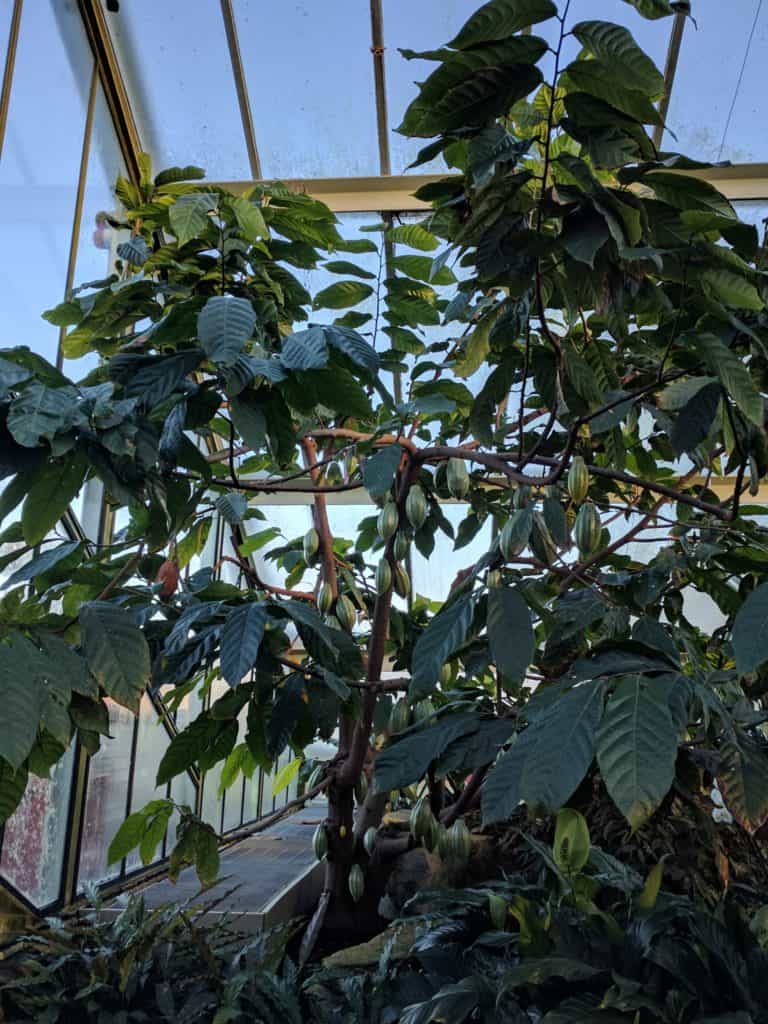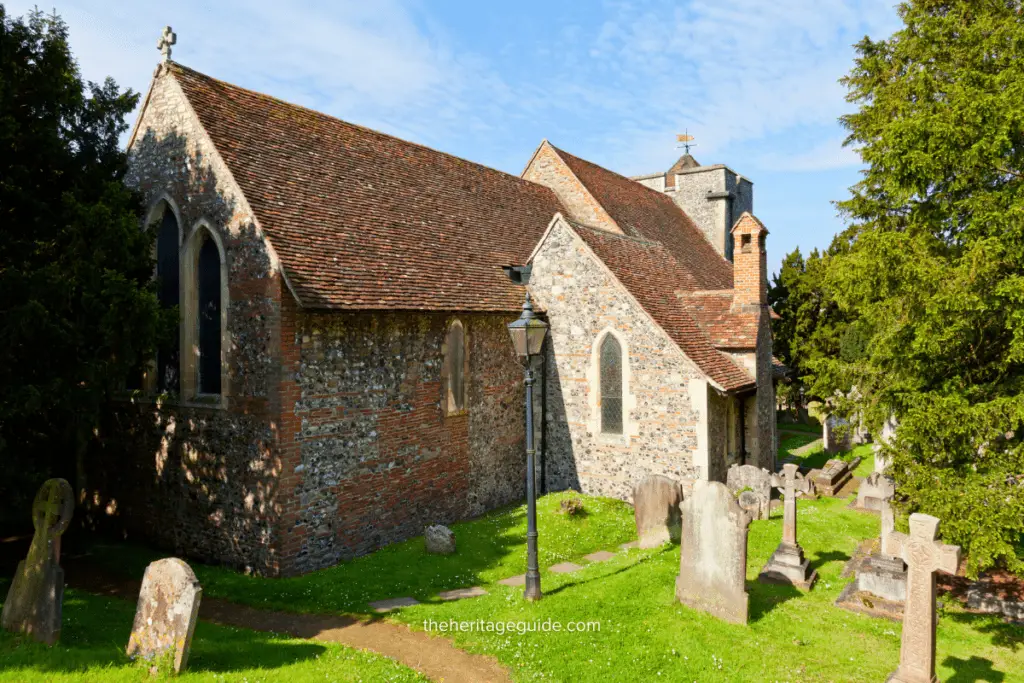When is the Best Time to Visit Kew Gardens? In Winter!
Doing dry January and being skint this month meant I was in need of a cheap day out. Particularly one that I could get to using my zone 1-3 travelcard.
Cue… Kew Gardens!
Winter might not be the most obvious season to visit a garden, but actually, I can’t think of a better time to visit a tropical greenhouse! You feel like you’re in the jungle in Australia, when in reality the closest thing your getting to a jungle in the next few months is Rainforest Cafe. If you’re needing to warm up this winter, these are my top reasons why winter is actually the best time to visit Kew Gardens!
- When is the Best Time to Visit Kew Gardens? In Winter!
- It's cheaper
- There's a tropical greenhouse
- It's quieter
- You might see a peacock or a turtle
- See Some Really Unusual Plants (Flora and Fauna)
- There is a Japanese Pagoda
- Pretend to be in Japan at the Japanese Gateway
- Test Your Fear of Heights on the Treetop Walk
- See Where Chocolate Comes From (A Cacao Tree)
- Discover it's Incredible History
- Opening Times:
It’s cheaper
A full price ticket with a donation during the summer months is £15.50. Booking an adult online ticket until January 31st will only cost £8. I took a pack lunch, sat in the cafe to eat it and purchased a tea costing £2, spending £10 in total.
There’s a tropical greenhouse
Need I say any more? The palm house is warm, humid and brimming with fascinating flora. I didn’t want to leave! It’a an architectural delight, being one of the world’s finest surviving 19th century glasshouses. It feels like your being transported to Victorian times and to a completely different continent.
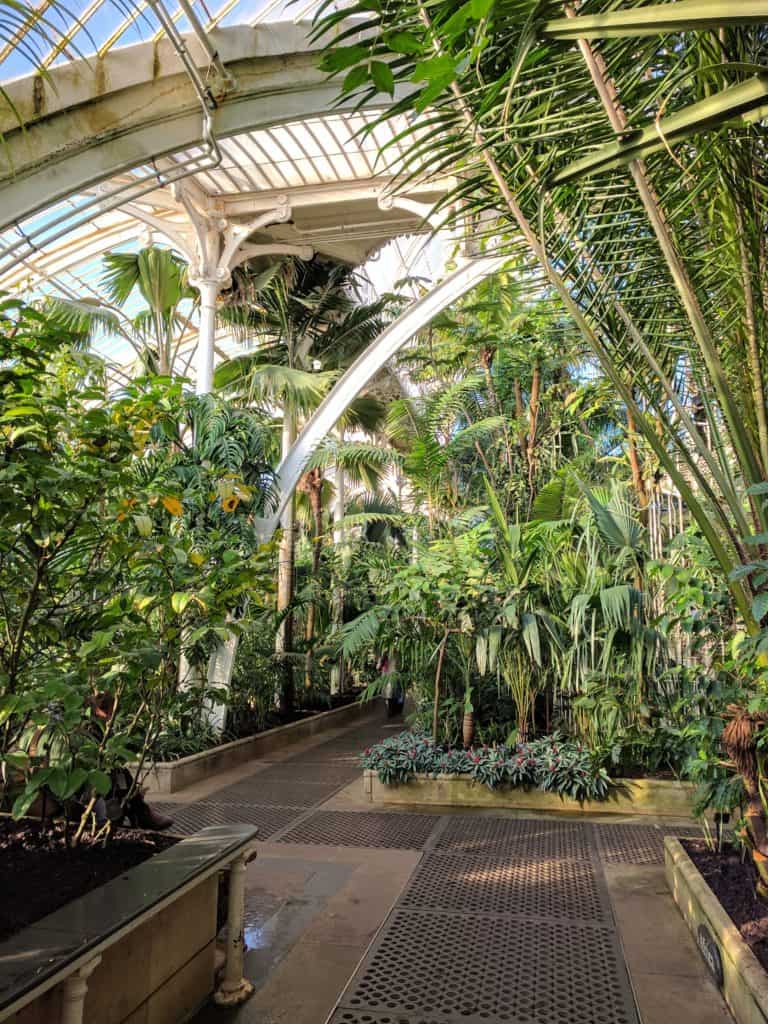
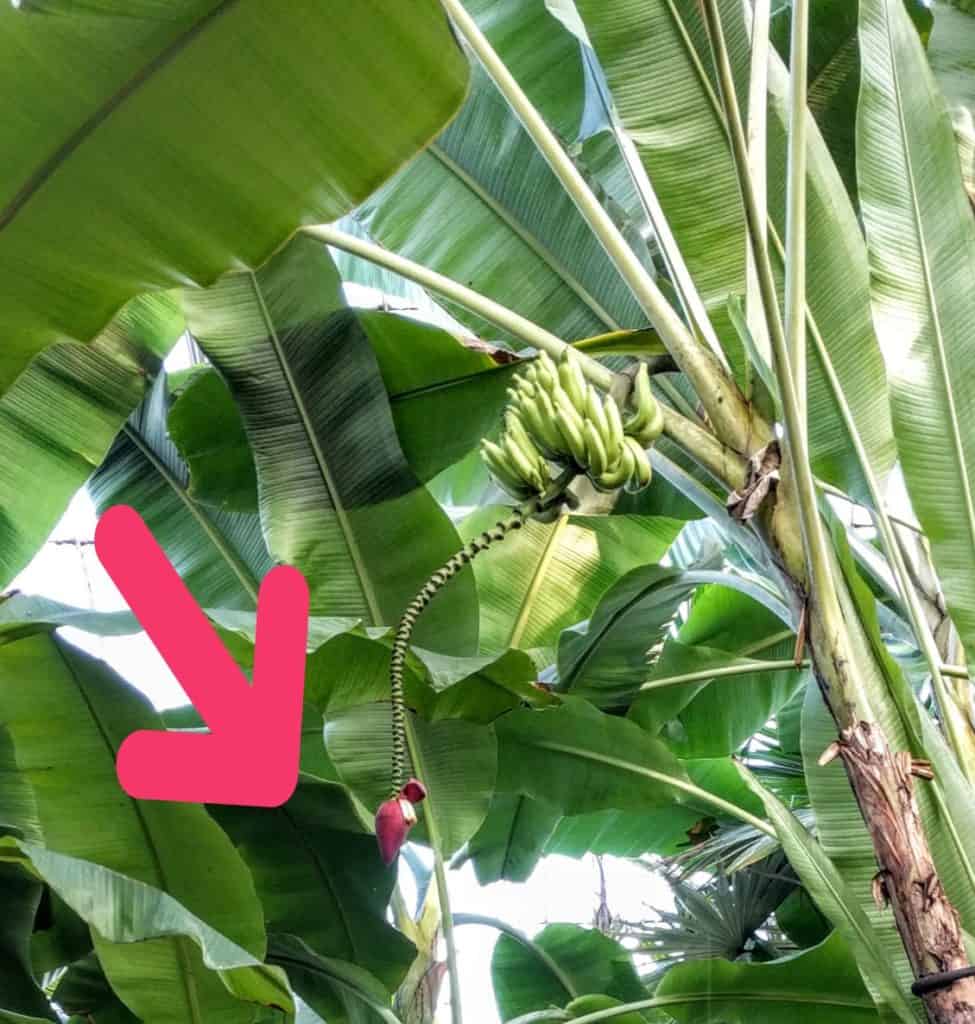
It’s quieter
No one can see you eat your own pack lunch in the cafe, there’s no toddlers on scooters gliding into your Instagram post and you can actually feel a little bit tranquil.
You might see a peacock or a turtle
This doesn’t relate to winter, but they are still cute.
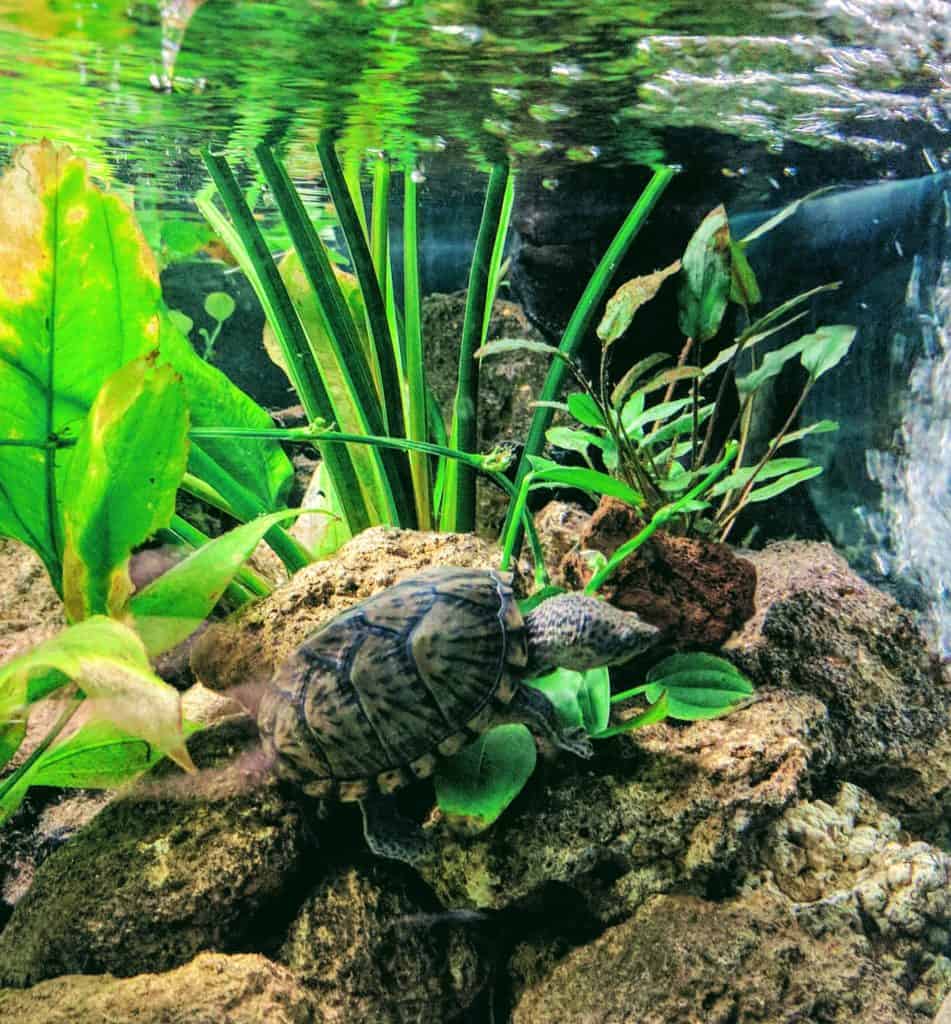
See Some Really Unusual Plants (Flora and Fauna)
These are some of the most interesting plants I saw in Kew Gardens in winter.


There is a Japanese Pagoda
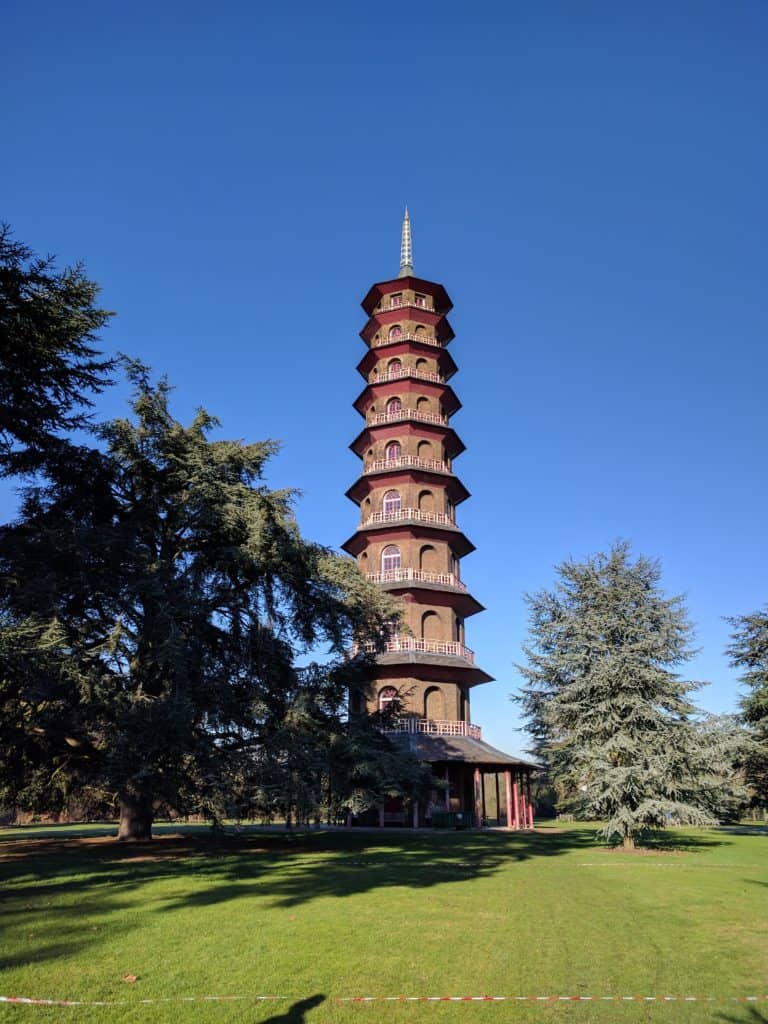
Pretend to be in Japan at the Japanese Gateway
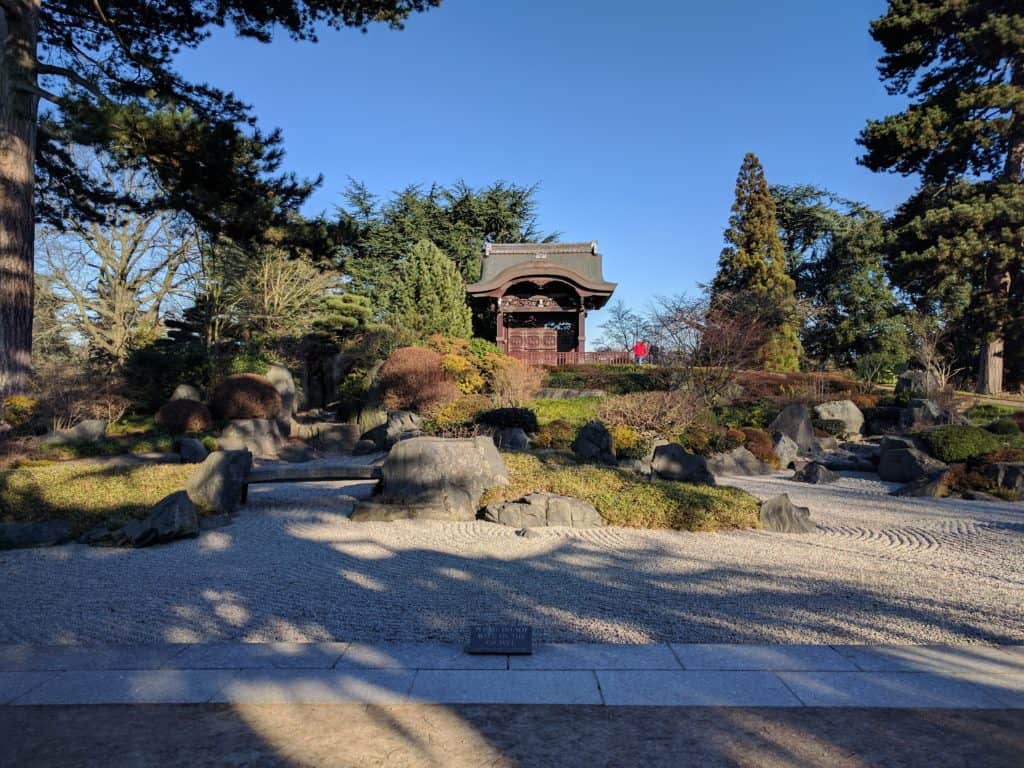
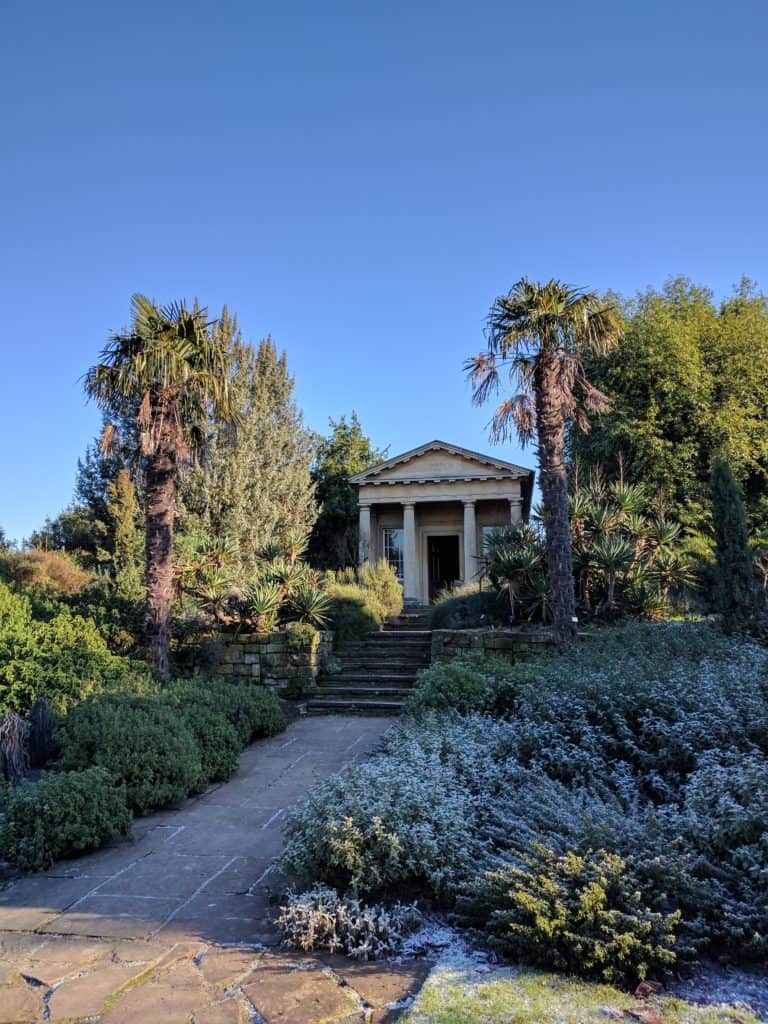
Test Your Fear of Heights on the Treetop Walk
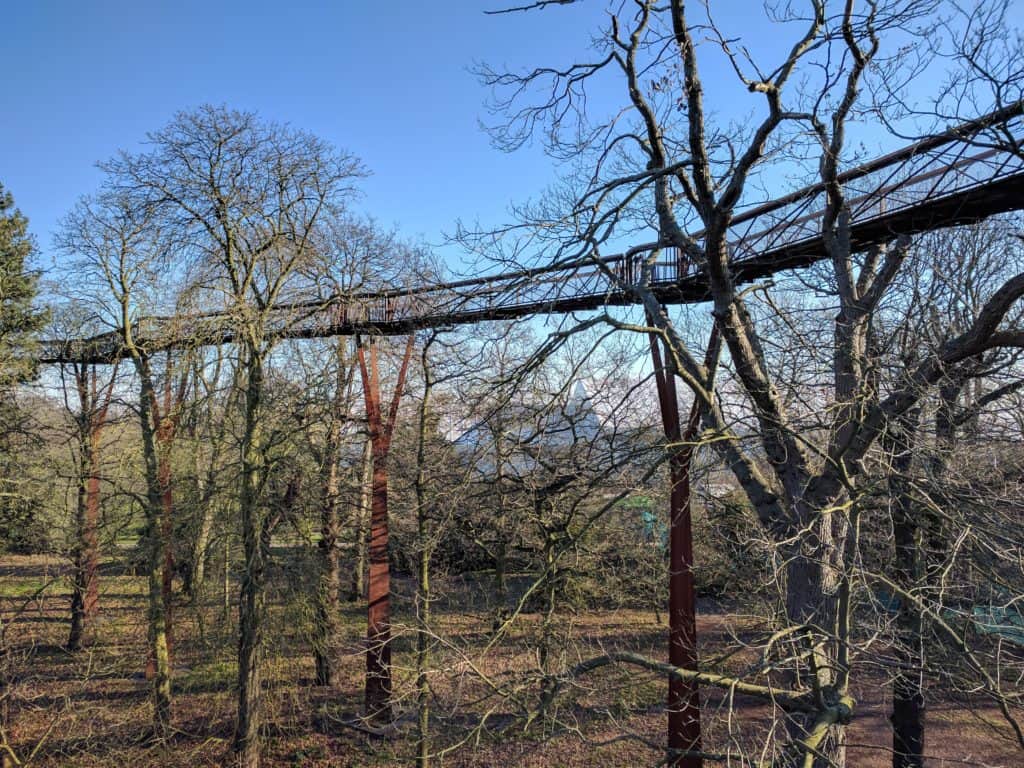
See Where Chocolate Comes From (A Cacao Tree)
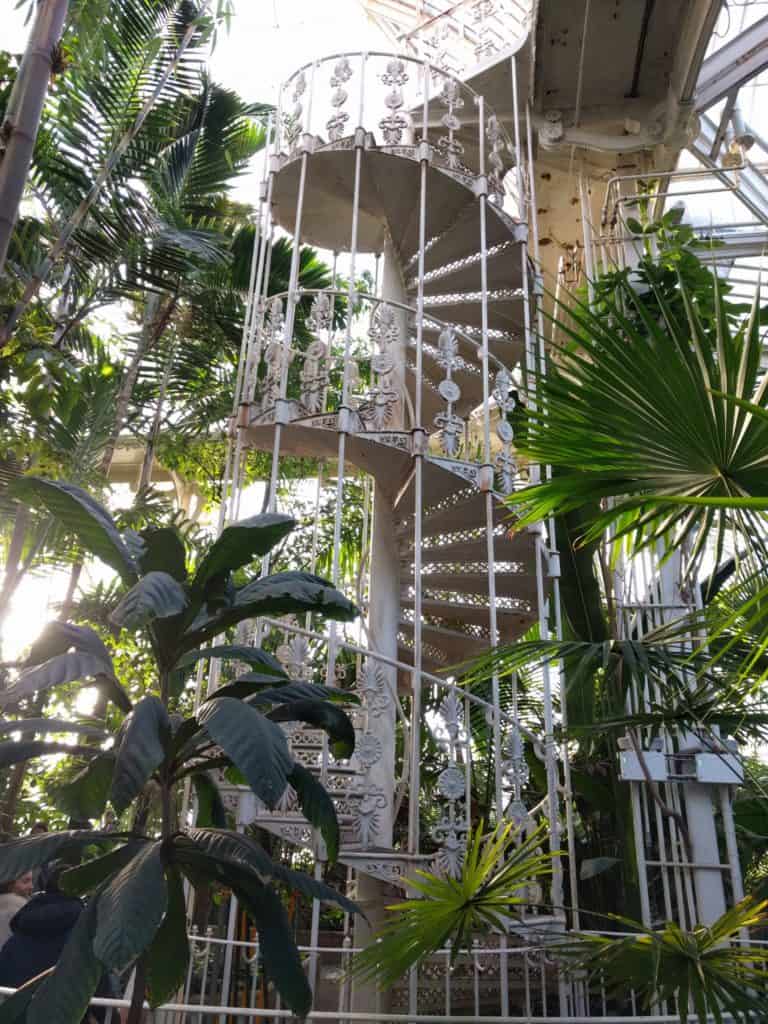
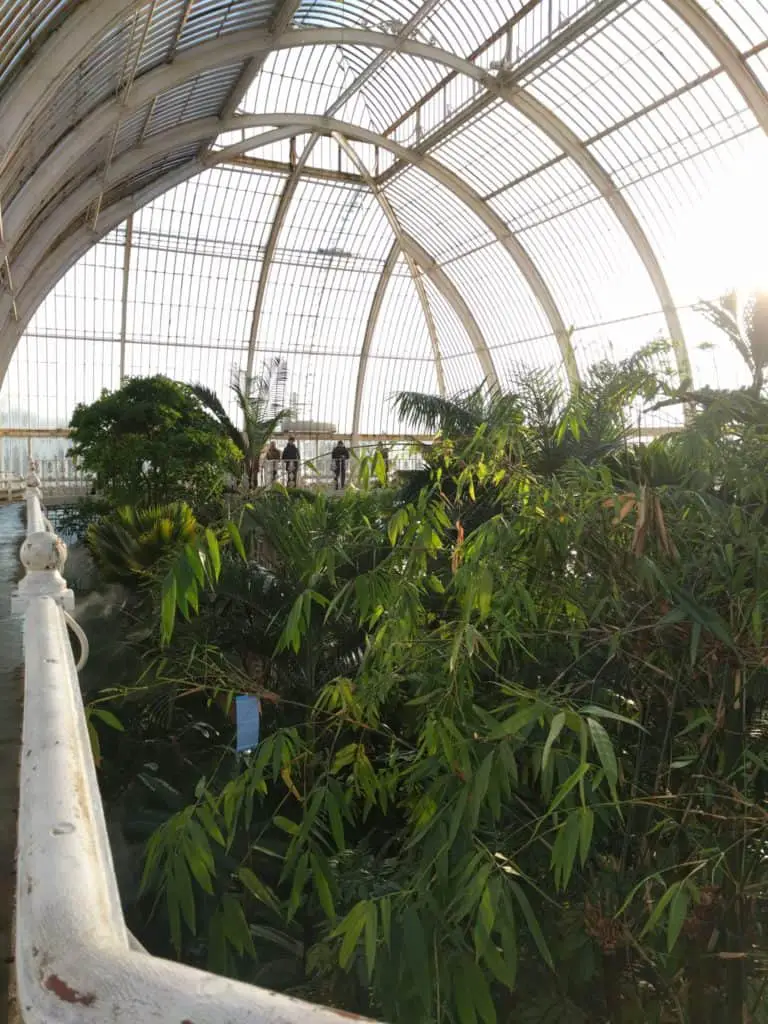
Discover it’s Incredible History
Kew Gardens has existed since 1759, conserving plants, housing living plants and storing relevant documents since, making a significant contribution to the study of plant diversity. These beautiful gardens house 44 listed buildings, meaning there is a lot more to look at than just a few orchids!
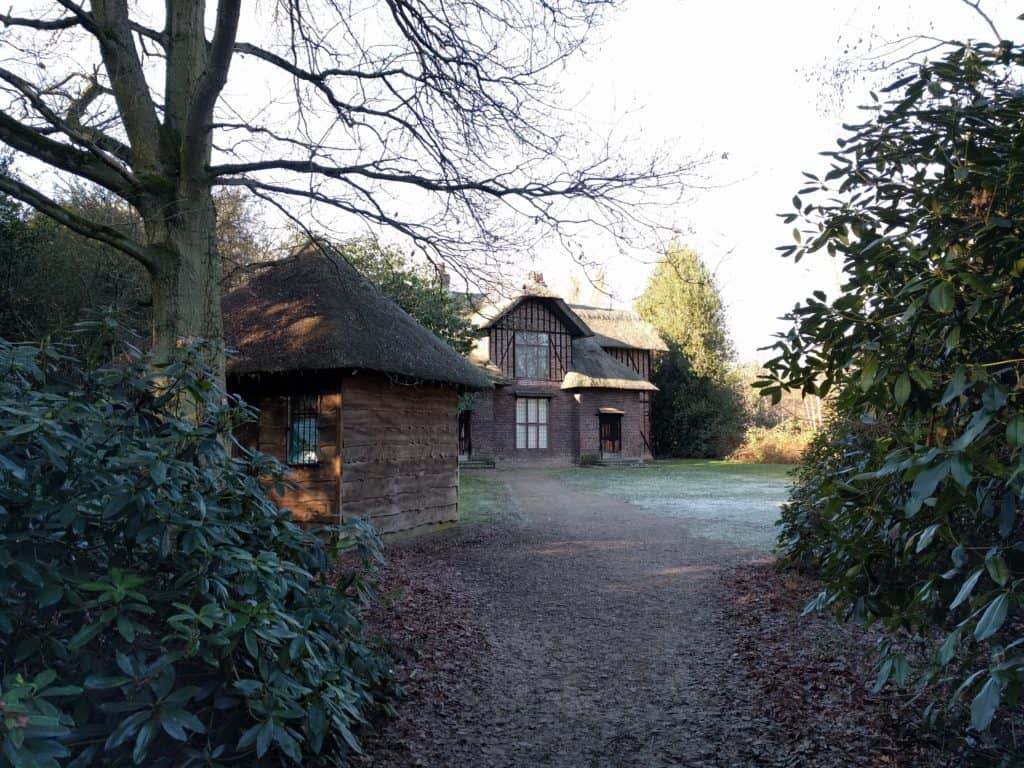
This 18th century thatched cottage was a private cottage for Queen Charlotte. The cottage grounds boast one of London’s finest bluebell woods, part of which is over 300 years old.
Opening Times:
Open from 10am daily all year round.
until 10 February 2017 – 4.15pm
(last entry 3.45pm)
Early spring: 11 February 2017 to 25 March 2017 5.30pm
(last entry 5pm)
t may be winter but the Gardens are still bursting with life.
Take a stroll down Holly Walk near the kew gardens in winter Temperate House to see one of Europe’s most comprehensive holly collections planted in 1874.
Head to the Pinetum to immerse yourself in winter greenery. One of our Gardens’ hidden gems, it’s tucked away within the Arboretum to the south of the Gardens.
Spanning 40 acres, it’s home to a diverse collection of trees including towering redwoods and rare treasures such as our Japanese Douglas-fir (Pseudotsuga japonica). This is the perfect time of year to admire them, particularly when dusted with winter frost on a chilly day. Kew GArdens in Winter.
The landscape may be looking wintery, but step into our glasshouses and you’ll be transported to tropical rainforests and sandy deserts.
Get steamy in the Palm House and admire tropical fruits like papaya, bananas and cacao, and meet the oldest pot plant in the world. kew gardens in winter
The Princess of Wales Conservatory offers everything from magnificent cacti to glorious ferns. Head to the Temperate House to discover rare and threatened plants in the world’s largest glasshouse. Admire 1,500 species of plants from Africa, to Australia, to the Pacific Islands. kew gardens in winter

